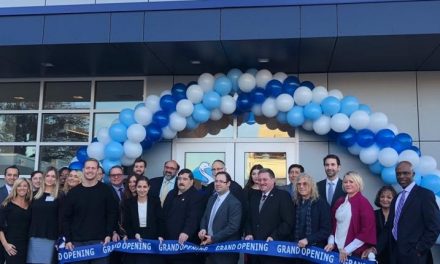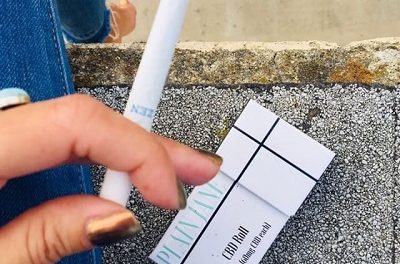We don’t need a soothsayer to tell us New York is one if the most exciting city in America ranging from, Theatre, big business, literary events, and personalities, restaurants, fashion, music. According to the latest population Over Eighteen million people live in this metropolitan area home. All there life activities are been done in the boroughs of New York or neighboring New Jersey.
Drugs have become a part of their culture at New York research shows that more than a million people who reside in the metropolitan area are dependent or addicted to drugs or alcohol. Sometimes in 2006 over four hundred thousand people in New York reported that they needed treatment for drug addiction or dependence.
Most Trafficking organizations include ones that were developed in or are primarily run by individuals from the following countries/regions like, Afghanistan, Pakistan, Nigeria, Puerto Rico, Columbia, Mexico, Russia, Dominican Republic, Jamaica, Israel, Vietnam, China, Canada (primarily Asian immigrants from Canada), Italy (Italian Organized Crime).
New York government set about $5billion for drug rehabilitation and to stop drug trafficking but this budget is not working, some of the Rehabilitation centers available are,
- Hazel den Betty Ford: New York, NY
- Day top Village: Multiple Locations, NY
- Peter Young Housing, Industries and Treatment: Multiple Locations, NY
- Treatment: Multiple Locations, NY
- Veritas Villa Inc.: Kerhonkson, NY
- Long Island Center for Recovery: Hampton Bays, NY
- Camelot of Staten Island: Staten Island, NY
The Drug traffickers acts more prepared and adamant, they continue to find ingenious ways out in other to hide their good some of the ways where the hard drugs are been transported are, in toys, inside hollowed-out beads, sports equipment or furniture, soaked into Clottey thing, or, other recent ways in which they smuggle heroine is to impregnated into plastics goods . This way heroin will need to be extracted from the plastic through a chemical process before it can be distributed.
Some of the things that do entice people into drug abuse or alcohol are
- To follow the recent trends
- To relax your mind
- To prove that you are a grown up
- To rebel against elders
- To experiment and try something new
- To relieve yourself from boredom
- To fit in with ‘cool’ bunch of people
- To escape from problems
There are two major types of residential drug abuse rehabilitation which are the hospitalized and non hospitalized, In the last few years, residential treatment facilities would have undergone changes and started to provide an environment that is less hospital-like for patients. Treatments in residential facilities may depend upon the particular program and facility.
Also, there is another type of rehabilitation which is outpatient this type of rehabilitation varies in terms of intensity as well as length Some outpatient programs may last from several hours per day to just a few times per week in this type of situation it allows the patient to remain at home while receiving necessary treatment.
The disadvantage to nonresidential care is that individuals may typically still face daily struggles that’ll trigger drug abuse.
The major first type in the rehabilitation process is often intake or assessment during this phase, a well-qualified staff member will work with the patient to determine the extent of his or her addiction and devise a treatment plan to help him or her.
Things to consider when choosing a drug abuse rehabilitation
1. Need to know if the drug rehabilitation accepts your insurance – In a situation where they don’t accept, you need to find out maybe they accept payment plan, then next cost of a program will play a major role in your selection some cost $200 to $900 per day depending the length of the program and don’t forget when considering the cost of the program your health should come first there is always a way to get treatment fee.
2. Make a research to know if the rehab program offers services that encompass a broad spectrum of needs, including psychological, medical, vocational and social.
One of the benefits of a longer treatment is that NIDA does recommend that any type of drug addiction treatment that last at least 90 days; in fact, they find that shorter treatment lengths demonstrate limited effectiveness. While the initial investment of time can seem daunting, longer treatment lengths pay off.
For more information, you can visit New York Drug Rehab



